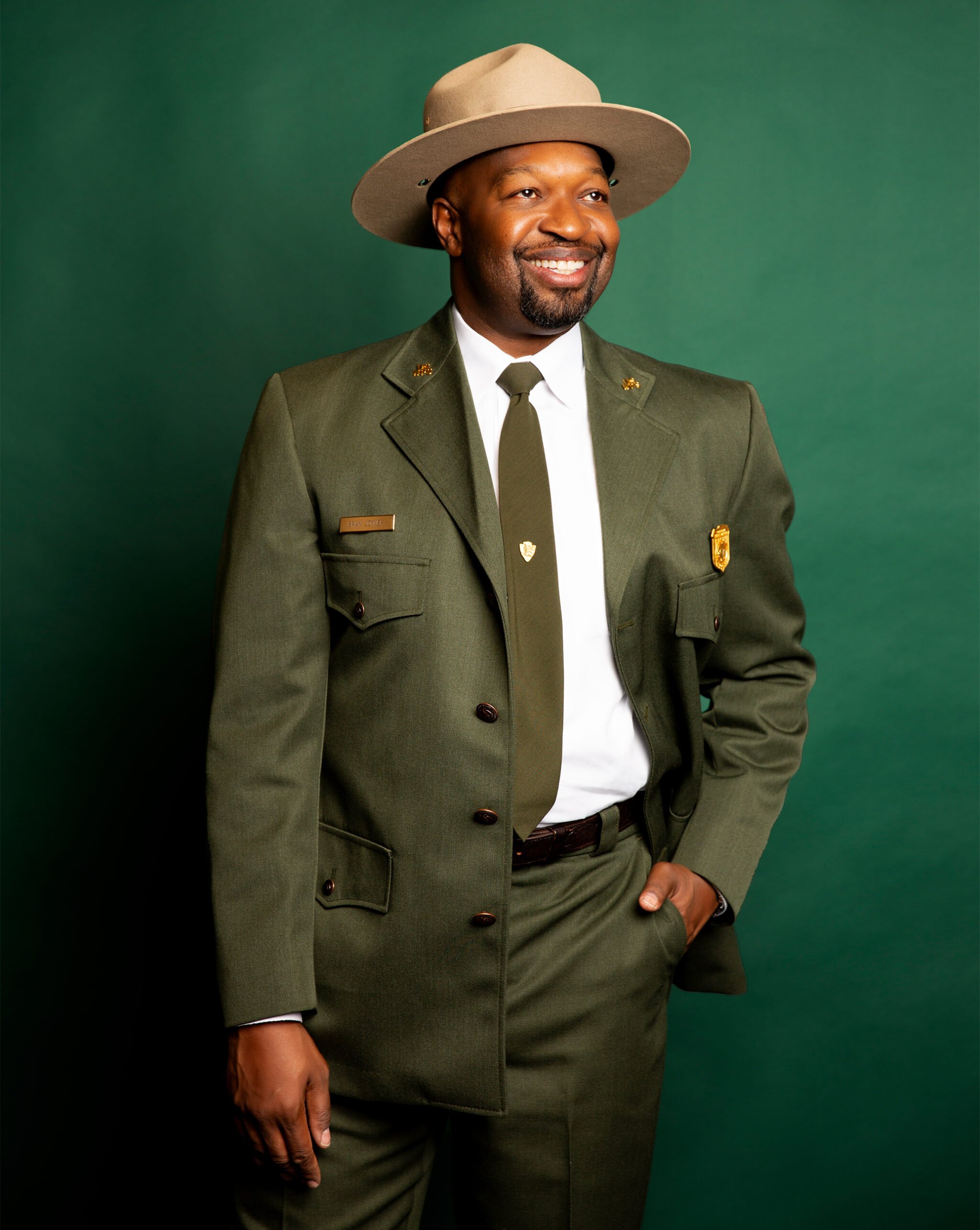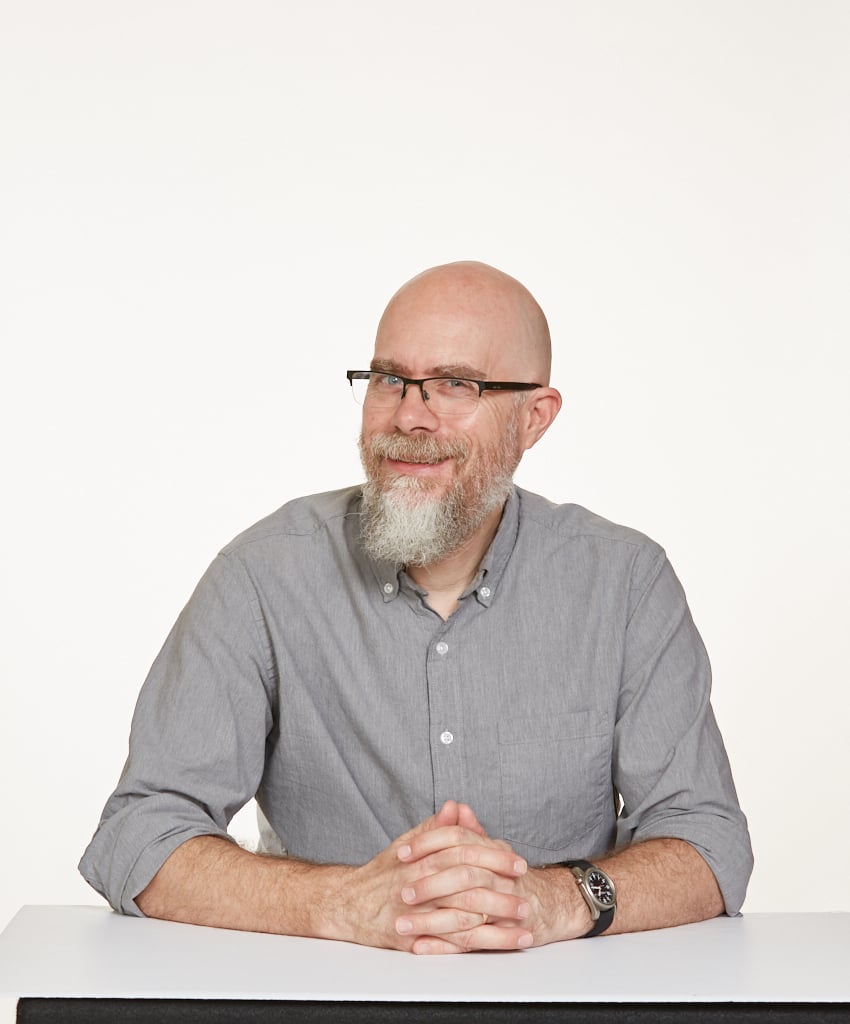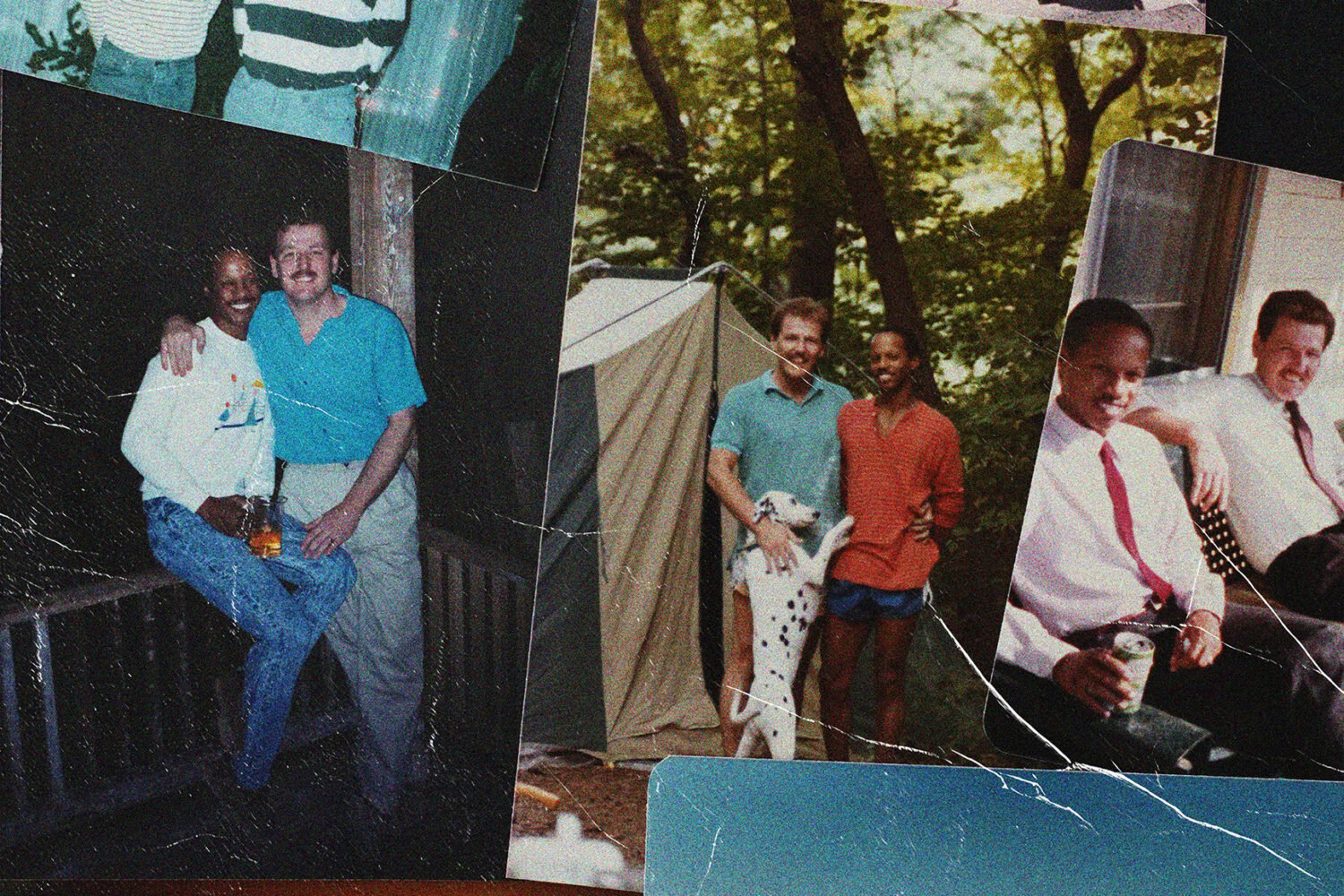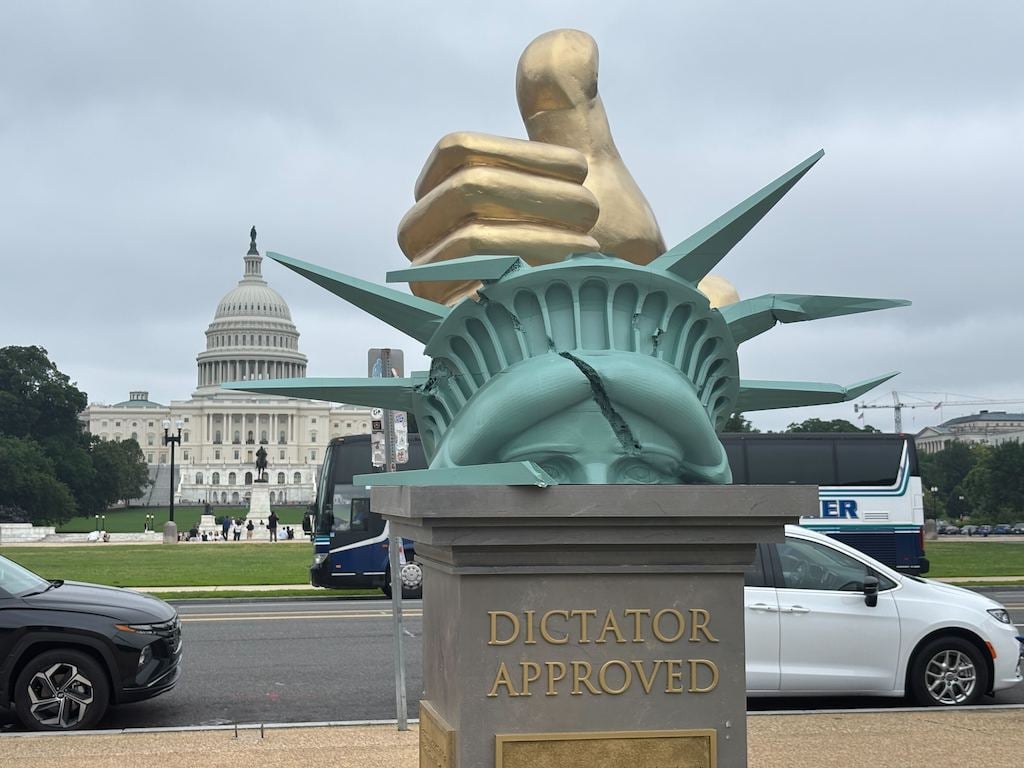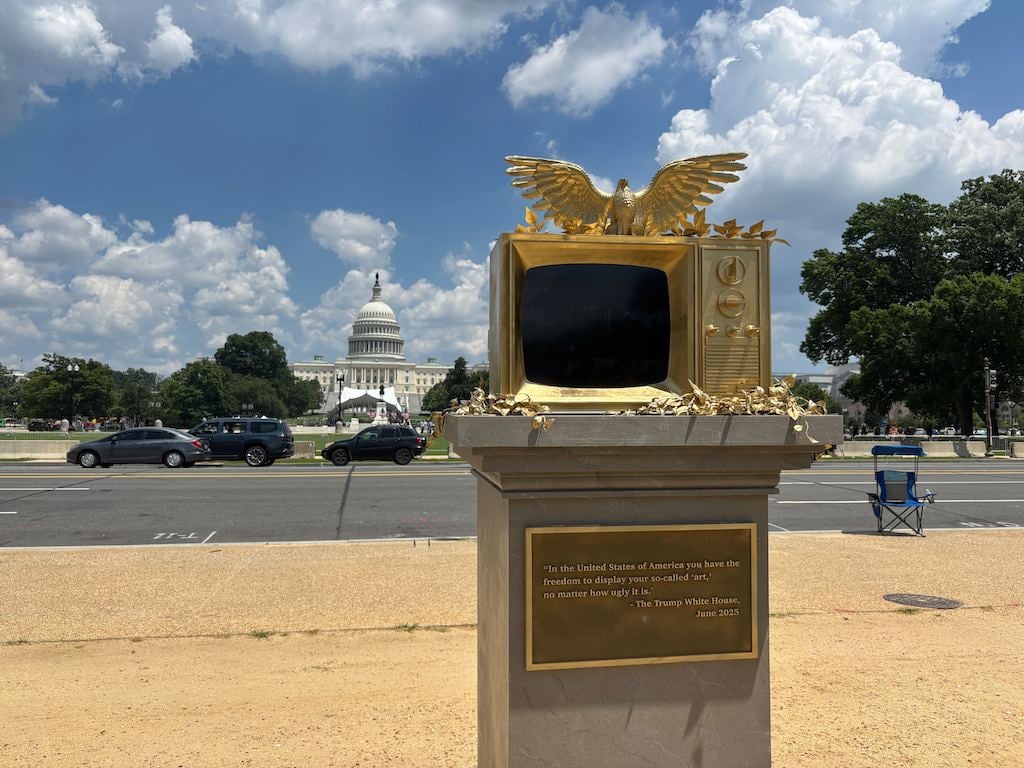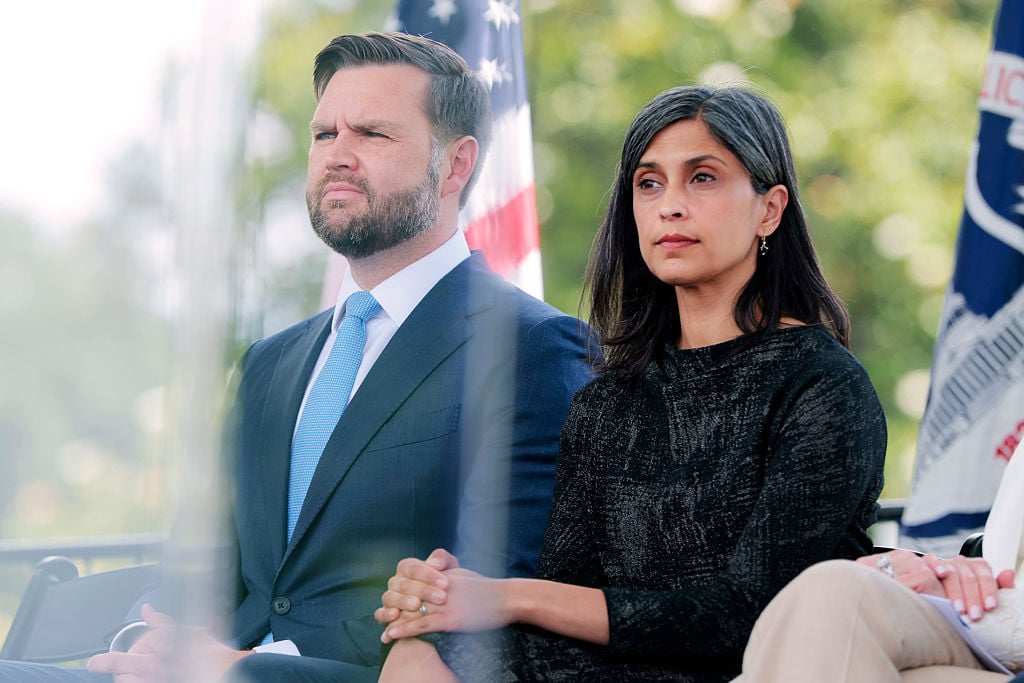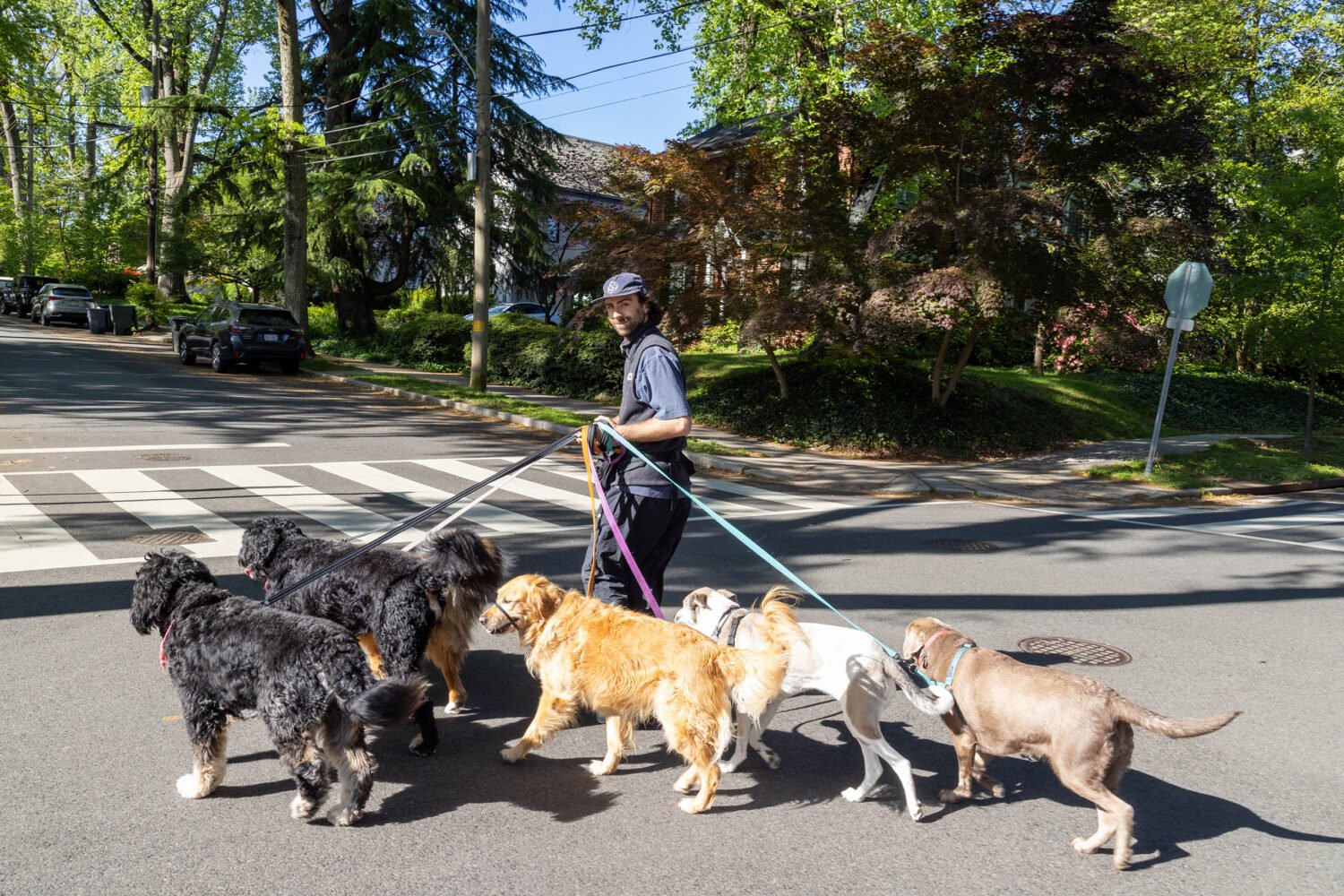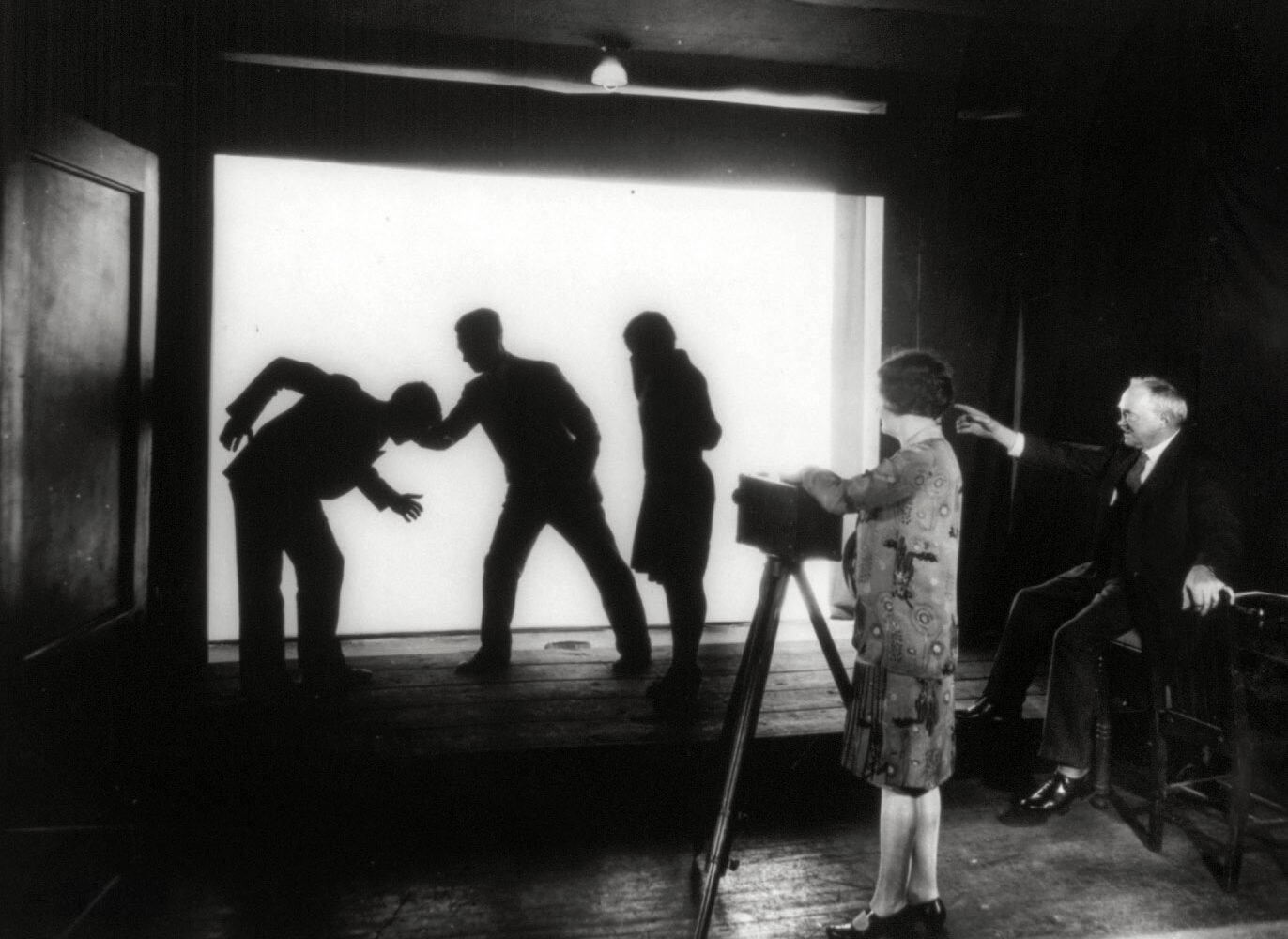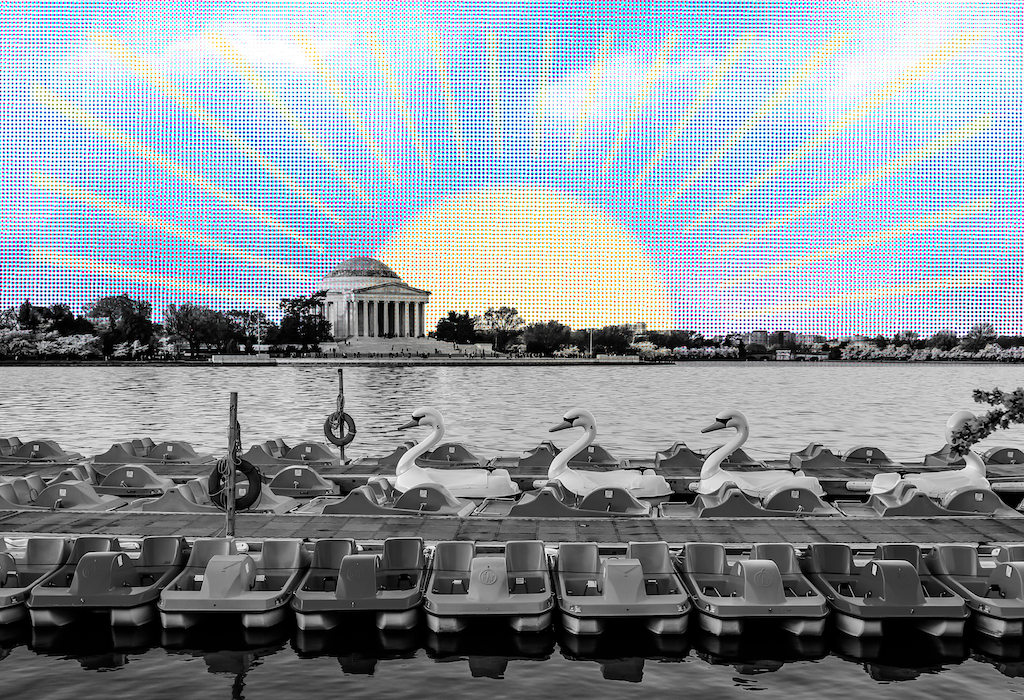Rock Creek Park was one of the nation’s first national parks, designated as such in 1890—before Grand Canyon, Mount Rainier, or the Great Smoky Mountains. But unlike those parks, Rock Creek primarily serves the people who live near it, whether they’re hiking, playing golf, or just driving through. It’s superintendent Brian Joyner’s job to oversee all of it. He came to the National Park Service as a historian, but over his 22 years of service he moved into more administrative roles at NPS headquarters.
In October, Joyner got the top position, and now the Prince George’s County native is responsible for administering Rock Creek’s rules, ensuring visitors’ safety, and being a point of contact for the public. We met at park headquarters in the Klingle Mansion on Linnaean Hill, a beautifully preserved 1823 stone house that’s a fitting setting for somebody with a keen interest in DC’s past.
How does a historian end up running a national park?
I came into the Park Service as a writer [and] editor. I went to the University of Maryland and majored in ancient and medieval history, which doesn’t translate well to working in the Park Service. I was not born green and gray.
Is that a Park Service expression?
Yeah. People who were born green and gray [came here] through family members or started volunteering really young or have always wanted to be a park ranger. That was not my calling.
I don’t often hear about people who go from writing to doing something actually useful with their lives.
Says the writer. It’s funny, some of the people I’ve worked with over the years who are in the history field or cultural-resources field are just like, “Look, one of us is [spending their days] in the park.” [Laughs.] Being in the National Park Service and being here in Washington, DC, if you [believe] that there are stories to be told and that the Park Service has a role in telling them, this is the place for you.
What kind of stories?
There’s an earthquake that happened [in 2011]. There’s damage to the Washington Monument. And then suddenly a billionaire [David Rubenstein] shows up and says, I’ve got some money to help you out with this. So that’s a story, right? Philanthropy as a mainstay within the Park Service is a great story: There’s not a monument or memorial that’s been built that hasn’t been a public-private partnership.
Until I prepared for this interview, I didn’t realize Rock Creek was the country’s third national park ever.
I think in many ways Rock Creek Park suffers from geography. If we were further west, not in an urban area, this would be without question one of the places people would be like, “Oh, I’ve got to go see it.” But it’s in the middle of Washington, DC, and it fulfills the role that it was intended to: to provide respite and places of relaxation for the residents of Washington. That’s different than providing some sort of narrative and physical space for the whole nation. Despite the fact that it’s in the middle of the city, despite all the pressures that exist around here, you still have the waterway, you still have the cliffs, you still have 1,750 acres of forest.
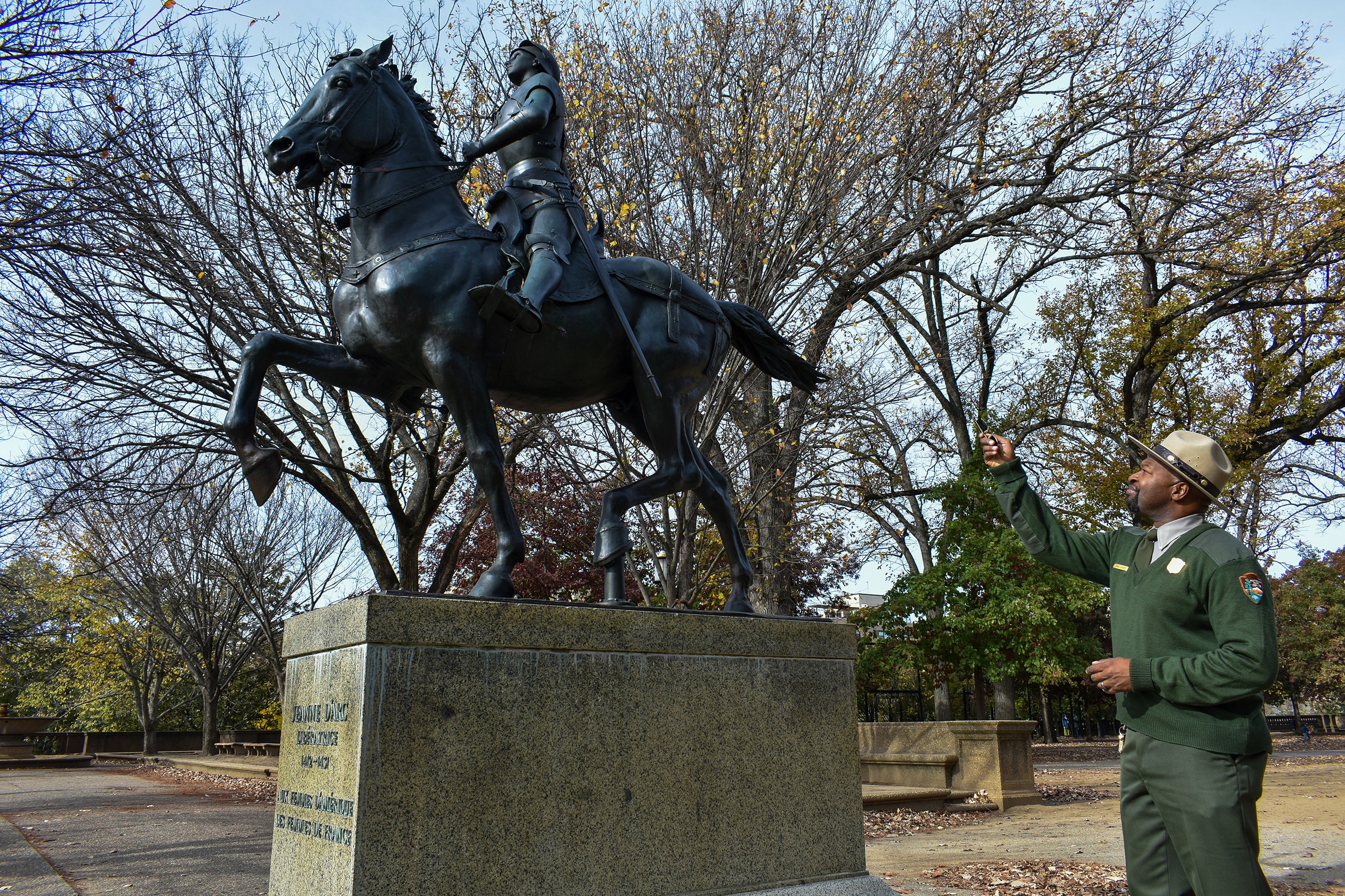
How do you think about what your job is?
Our job is to make sure the people of Washington have access to this incredible resource—not just the main body of the park but the 1,300 acres that exist around Northwest and parts of Northeast. In many ways, this is in people’s backyards. I have two daughters—they learned to ride bikes in this park. Not to mention the Civil War defenses of Washington. Those are in people’s neighborhoods. Those are the places people go to picnic.
I want this to be a premier civic-engagement park. I want people to have opinions. I can’t necessarily meet everyone’s expectations; every ask is not going to be fulfilled. But I want people to be heard. There’s a passionate group of people who surround this park. We have 80 miles of border. Along those borders, we have 30 different embassies.
One evening, I got a text message from someone like, “Hey, do you mind having a conversation with a citizen about some of the trees that are overhanging their condominium?” I said okay, though this is the sort of thing I would normally turn over to my tree supervisor. They said, “Oh, it’s Bruce Babbitt, former Secretary of the Interior.”
What did he want?
It was simple as “They’re really close to the balcony.” There are people in my neighborhood who, now that they found out that I’m the superintendent of Rock Creek, are like, “Hey, man, when are we going to get some new things over here?” I can explain to them what’s underway. It may not solve the problem immediately for them, but at least people feel like they’re being heard.
Are there places in Rock Creek Park that have great stories people might not know?
Teddy Roosevelt used to take a lot of foreign dignitaries on walks through the park. He would take a five-mile hike and have a meeting and skinny-dip in the creek, though I do not recommend going into the creek. Off of Beach Drive, there’s a bench dedicated to [Jules Jusserand, the French ambassador to the US during the First World War], and a little further up is a trail designated for Teddy Roosevelt.
What about Cold War history? Were there secret installations in the park?
Yes, the Peirce Mill barn. Apparently, that was used to spy on the Hungarian and Czechoslovakian embassies. I cannot verify it, but there’s a story that the original OSS [Office of Strategic Services, predecessor to the CIA] used to do training on what is now the golf course. There are all these pieces that tie into the transformation of Washington from being a sleepy Southern town into being an international city.
There must be archaeological interest in the park as well.
Yes. We’ll leave it at that.
Are you saying that because you don’t want people digging?
Yeah. And people do dig. We have [archaeological] sites dating back 5,000 years, 10,000 years.
You said you live near the park. Can you enjoy coming here or are you kind of working if you do?
My family does not like going into the park with me quite as much anymore. I have to commit on the front end of any sort of walk that I am not going to bring my phone, I’m not going to take photographs and send them back to folks unless something egregious has happened. I’m a history guy, I’m not a bugs-and-bunnies guy, but I’ve learned enough to [be able to say], “That is a social trail that we need to try to stop people from using because it’s fragmenting the forest.”
People are calling us and saying, “Your deer came into my backyard and ate my begonias.”
Is a social trail something made through casual use over time rather than deliberately cleared by the staff?
Yes, you see them come out of someone’s backyard in some areas—over the course of time, they have made themselves a trail. Social trails wind up destroying the understory, so you don’t get the lush ferns, you don’t get the holly bushes. Another thing that destroys the understory, frankly, are deer, so the parks have been conducting deer management since 2015, and we’ve seen a great improvement. We know it’s controversial, and at the same time some people are calling us and saying, “Your deer came into my backyard and ate my begonias.”
Your deer?
I’m not kidding. They’re not mine! We don’t tag them, they’re not on leashes. They do what they do.
Are there things the Park Service is doing that actually benefit the forest’s understory?
We’re going to do some experimentation in the next few years—trying to plant some things, trying to manage the social trails—to see how successful it is in rehabilitating those forests. Rock Creek Conservancy [a private foundation that helps maintain the park] has done incredible work to clean up invasive [plants] and put in native plantings on an acre here, an acre here, an acre here. There’s a volunteer group called Weed Warriors. Our staff, working with Rock Creek Conservancy, train these people so they’re not just going in and yanking out anything.
When you said Weed Warriors, I thought that you were talking about a different group of park users.
[Laughs.] I’m sure some people have had that idea as well.
This article appears in the March 2025 issue of Washingtonian.
Correction: This article originally misattributed the namesake of a bench in Rock Creek Park. It was French Ambassador Jules Jusserand, not Teddy Roosevelt.

